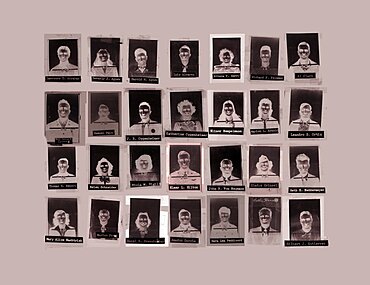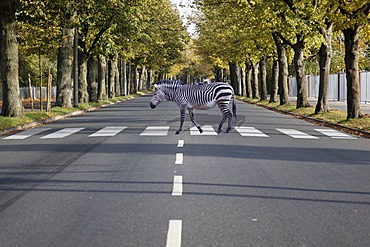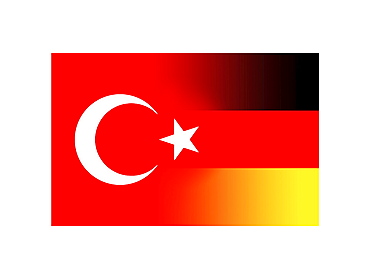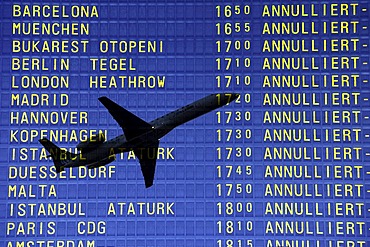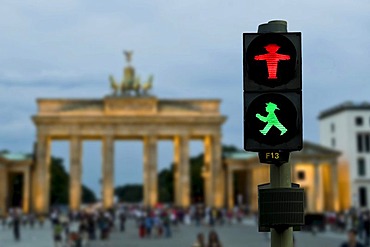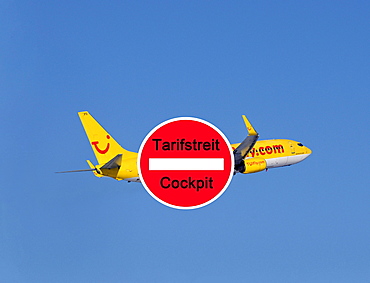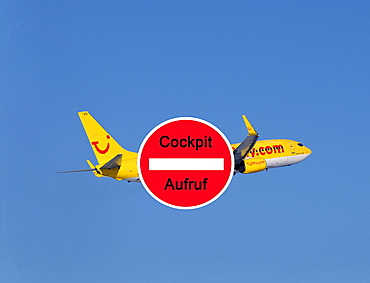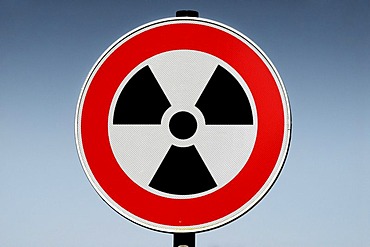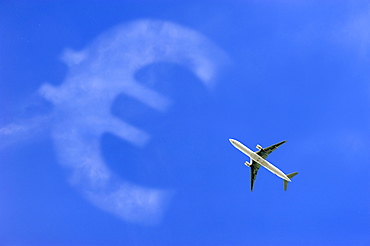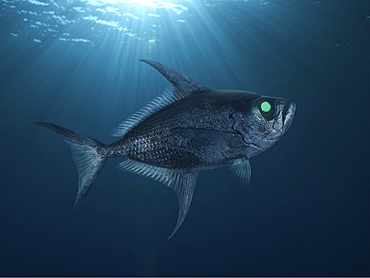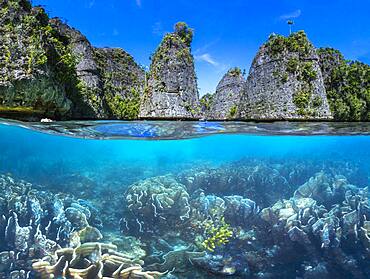Results
1 results found

Fresco of Jesse's Tree, Old and New Testament figures, Moldovita Monastery Church, 1537, Moldavia, Romania

Sign, fare increase, Deutsche Bundesbahn German Railways, Central Station, Frankfurt, Hesse, Germany, Europe

Brandenburger Tor, Brandenburg Gate, Pariser Platz square, New Year's Eve fireworks display, Berlin, Germany, Europe, digital composition

Doctor's stethoscope and a five euro banknote, symbolic image for the payment of five euro per doctor visit

Cologne Cathedral covered by a flood, photomontage, symbolic image, Cologne, North Rhine-Westphalia, Germany, Europe

Montage, photomontage, (M), Buddhism, religion, Tian Tan Buddah (Big Buddah) Po Lin Monastery, sunset, statue, silhouette, Lantau Island, Hong Kong, Hong Kong, China, Asia

Photomontage, Aircraft taking off in front of the sun, evening sky, deciduous trees, Baden-Wuerttemberg, Germany, Europe
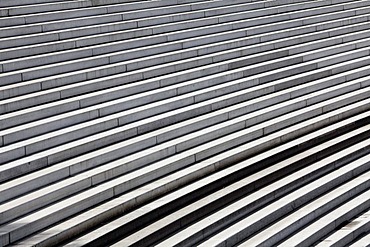
The steps of the great architecture project Eurogate, Innenhafen harbour, Duisburg, Ruhrgebiet area, North Rhine-Westphalia, Germany, Europe

View of the Rhine river at low water level, photomontage, Cologne, North Rhine-Westphalia, Germany, Europe, PublicGround
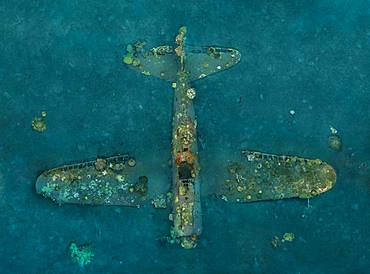
Tara Pacific expedition - november 2017 Zero wreck, vertical view Orthomosaic from 3D photogrammetry (13500 x 10000 px). D: 15 m Kimbe Bay, papua New Guinea, Coral growth on this wreck is from a period of 74 years ! The ZERO, is a Japanese WW2 fighter plane wreck. This Zero wreck was discovered in January 2000 by local William Nuli while he was freediving for sea cucumbers. He asked the Walindi Plantation Resort dive team if they might know what it was, and when they investigated they uncovered the intact wreck of a Zero fighter, resting on a sedimented bottom in 15 m depth. This World War II Japanese fighter is almost completely intact. The plane is believed to have been ditched, the pilot is believed to have survived, but was never found on the island. He never returned home. Maybe he disappeared in the jungle? On 26th December 1943, during the battle of Cape Gloucester, the Japanese pilot made an emergency landing, ditching his Mitsubishi A6M Zero plane into the sea approximately 100m off West New Britain Province. The plane was piloted by PO1 Tomiharu Honda of the 204st K?k?tai. His fate is unknown but it is believed the he made a controlled water landing after running out of fuel and survived. Although he failed to return to his unit, the plane was found with the throttle and trim controls both set for landing and the canopy was open. There are no visible bullet holes or other shrapnel damage and the plane is still virtually intact after over 70 years underwater. It is a A6M2 Model 21 Zero, made famous for its use in Kamikaze attacks by the Japanese Imperial Navy. The wreck has the Manufacture Number 8224 and was built by Nakajima in late August 1942.
